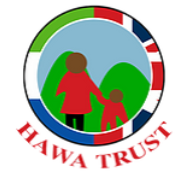Female Genital Mutilation – FGM in Sierra Leone
Sierra Leone has one of the highest rates of FGM in Africa. According to UNICEF figures from 2017, the practice has been performed on an estimated 86% of women and girls in the country. FGM involves the partial or total removal of the female genital organs, such as the clitoris or labia.
Sierra Leone is one of the world’s worst offenders for FGM – 90% of women are subjected to the practice. FGM, sometimes also known as ‘cutting’ which involves removing all or part of the external genitalia for non-medical reasons.
Often it’s done by someone with no medical training, using knives, scissors, scalpels, pieces of glass or razors – and without anaesthetic.
Girls and women who have it done often suffer from severe pain, bleeding, shock, difficulty in passing urine, infections and sometimes even death. Many also suffer difficulties during labour, decreased sexual enjoyment and post-traumatic stress disorder.
Community leaders and members who support and practice FGM say it is necessary to protect a woman’s ‘honour’, believing that women’s sexuality must be controlled.
Over 600 girls saved
While global leaders and activists met in the UK to tackle female genital mutilation (FGM) at the Girl Summit 2014 in July, communities in Sierra Leone have been taking huge leaps towards ending this horrific tradition. Hawa Trust Foundation provide talks, training, visiting communities and villages to raise awareness to stop the FGM practice and speaking to the Sowaies (the cutters) not to take part in the act as well as explains the danger of FGM.
